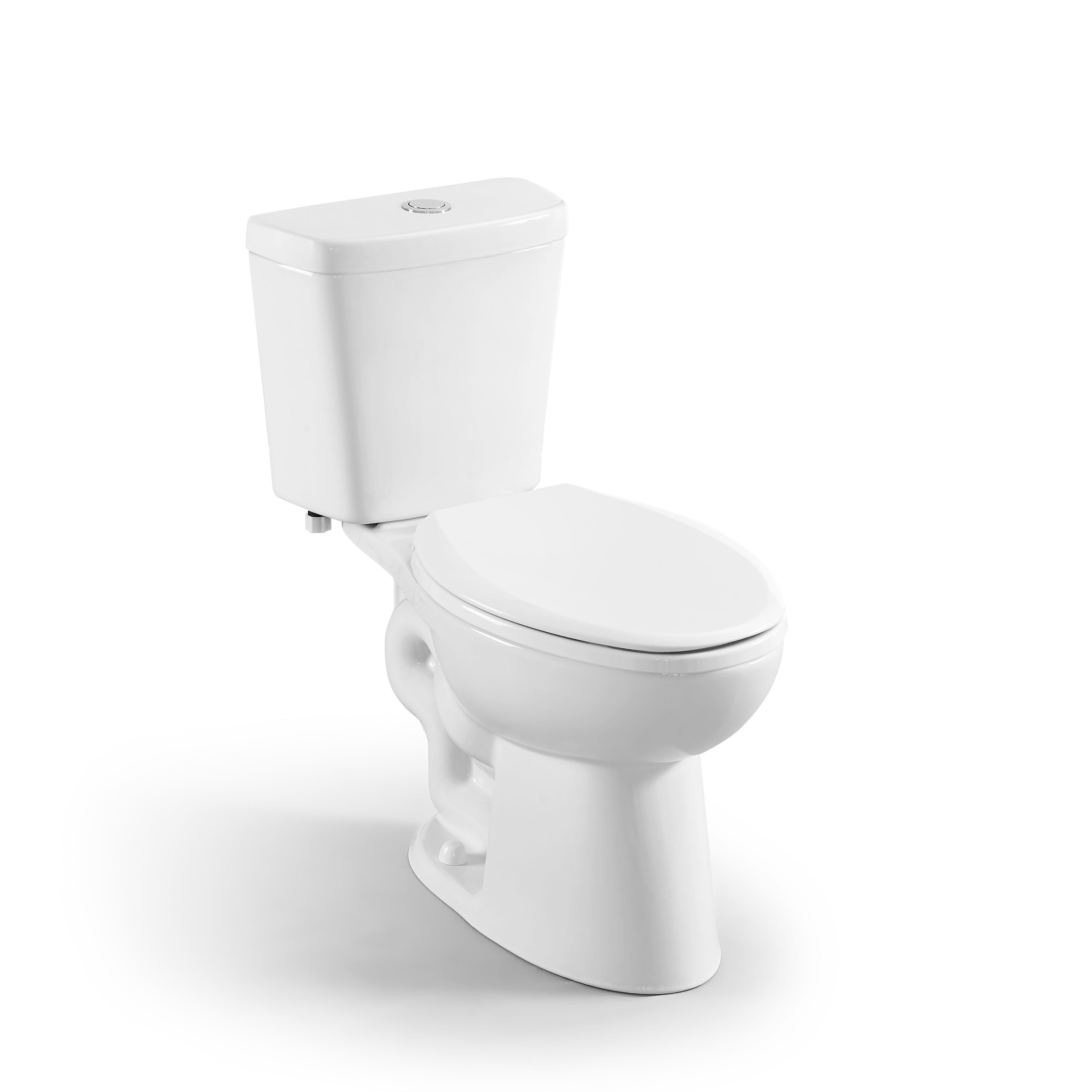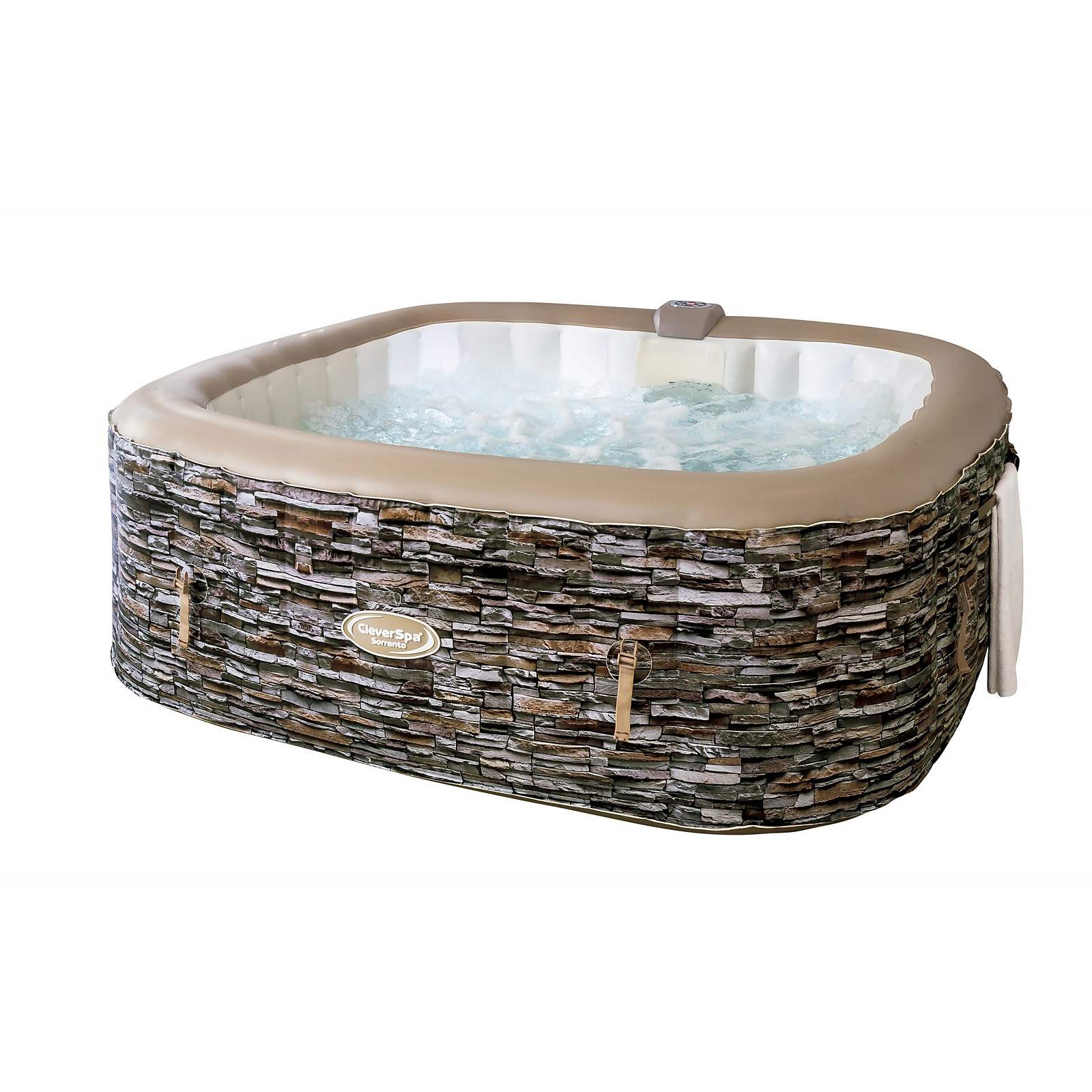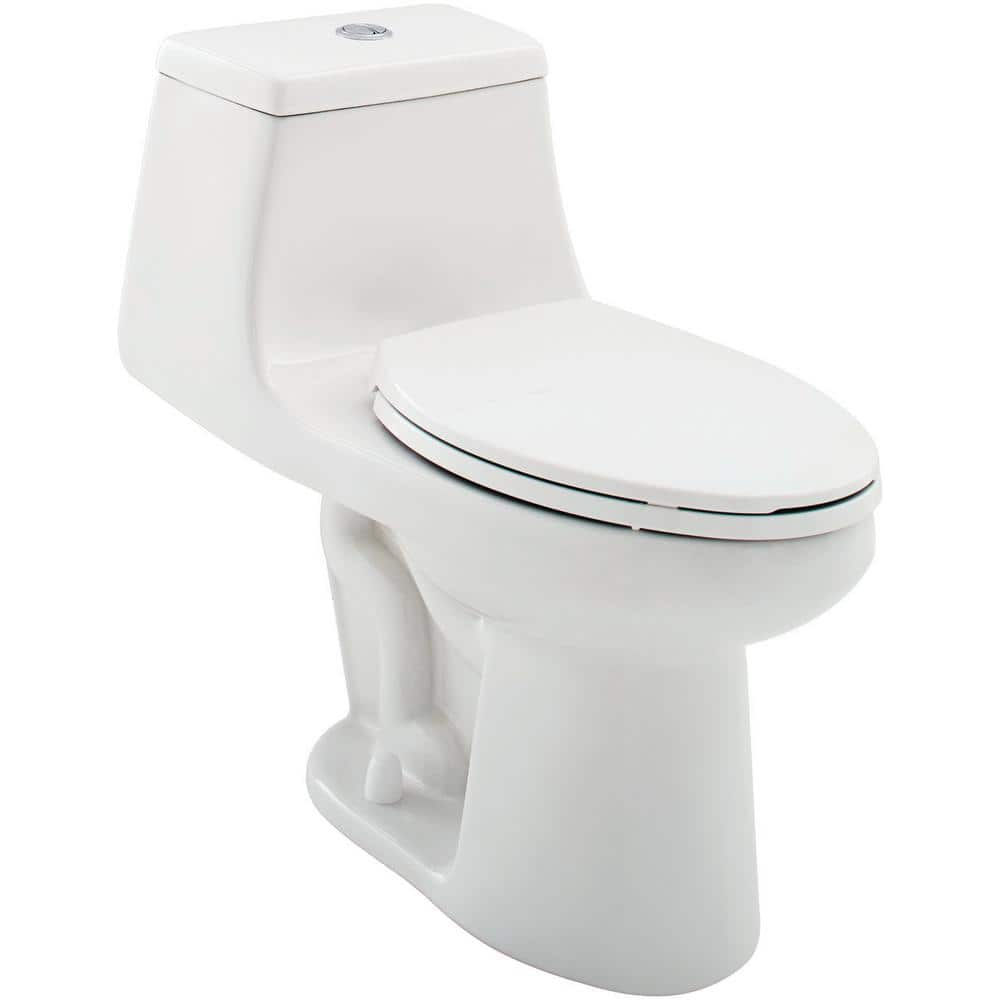Project Source Pro-Flush White Dual Flush Elongated Chair Height 2-piece WaterSense Toilet 12-in Rough-In 1.1-GPF
The Project Source Pro-Flush 2 piece dual flush toilet features an elongated bowl for added room and comfortable use. It combines versatile design with efficient functionality.
The Project Source Pro-Flush 2 piece dual flush toilet features an elongated bowl for added room and comfortable use. It combines versatile design with efficient functionality.
- Elongated bowl offers an ideal solution for smaller bathrooms and powder rooms
- Chair height makes sitting down and standing up easier for most adults
- Dual-flush with high performance 1.1/1.6 GPF powered by Fluidmaster
- Fluidmaster fittings , fill valve and a 3-in flush valve with silicone seal
- Two piece configuration allows ease of access to the area around the toilet
- Top-mount two-button flush
- 2-in fully glazed trapway provides an excellent flushing operation
- Standard 12-in rough-in design
- Easy installation with tool-free bolt caps
Additional information
| Hardware Finish | Gloss |
|---|---|
| Color/Finish Family | White |
| Manufacturer Color/Finish | White |
| Hardware Color Family | Chrome |
| Type | 2-piece |
| Warranty | Limited lifetime |






by Patrick
great price for the chair
by Cheryl
My plumber, hired independently for the installation, was quite happy that the unit was not damaged in shipment, that all parts were in the box, and that the seals mounted easily and snugly. His statement was that he finds the Project Source brand to be easy to work with.
by Attic
This is an elegant and beautiful black toilet. So glad I chose it.
by David
toilet works really well